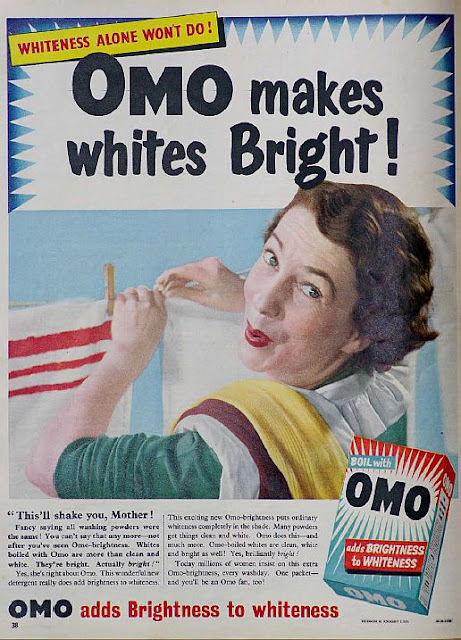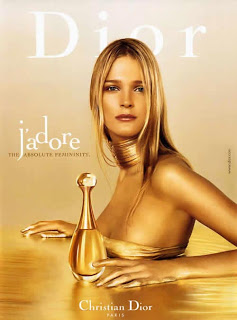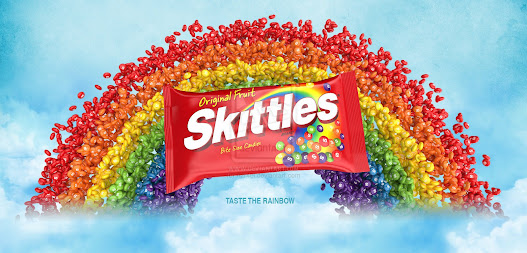OMO advert CSP blog tasks

OMO advert: blog tasks 1) What year was the advert produced? 1955 2) How were women represented in most adverts in the 1950s? Add as much detail to this answer as you can as these are the social, cultural and historical contexts we will need to write about in the exam. In most adverts in the 1950s, women were presented as housewives and mothers. They were told to behave in certain ways and follow certain expectations. Additionally, women were expected to not only behave in certain ways but look in certain ways; they were expected to wear makeup and look nice and well- presented whilst fulfilling their jobs as housewives and mothers. Lastly, women were expected to be happy as housewives and mothers since world war 2 was finished and over with and they could go back to their normalised stereotypical lives. 3) How does the heading message ('OMO makes whites bright') and the style of the text promote the product? The heading message uses rhyming words to emphasise their point on

